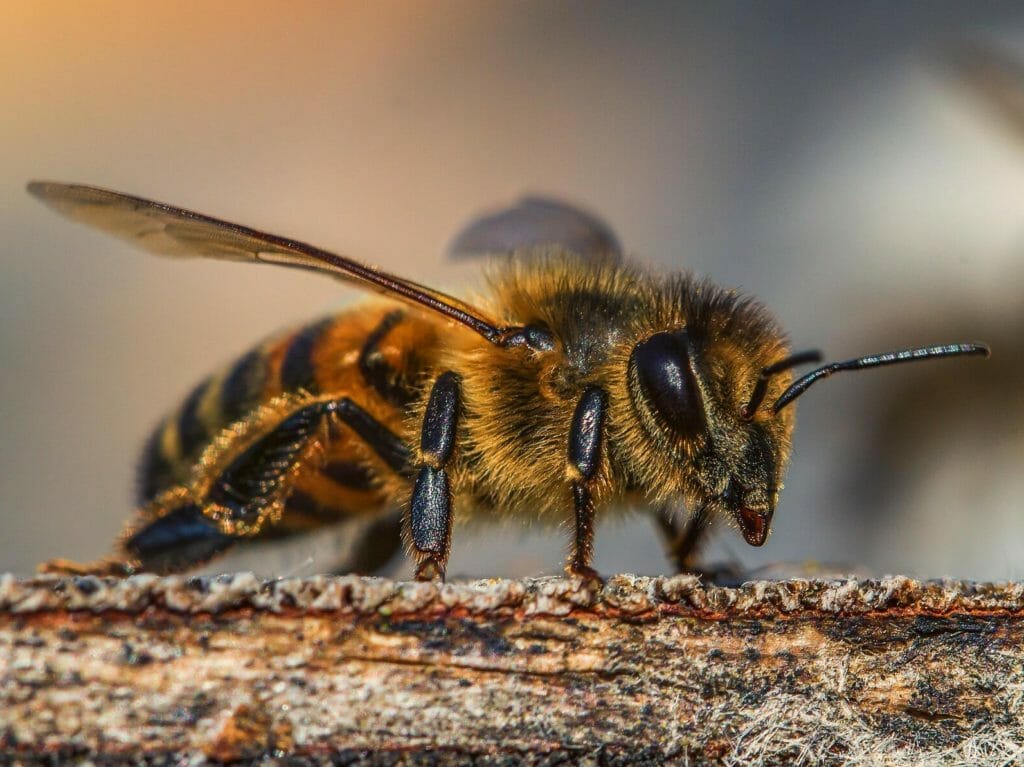Fascinating research into honey bee intelligence is capturing the imaginations of bee lovers.
It’s no surprise to see that the world is becoming more intrigued with the wondrous honey bee. Lately there has been exciting research on honey bee intelligence emerging. Even the media has been quick to report on these fascinating updates.
In part one of Catalyst (ABC)’s The Great Australian Bee Challenge, host Paul West visited bee neuroethologist Andrew Barron. Barron walked West through an experiment that taught honey bees something pretty impressive. In just a few hours, the bees learned to tell the difference between European and Australian Indigenous art!
Barron trained the bees to associate a reward (sugar water) with works by Indigenous Australian artist Noŋgirrŋa Marawili. Meanwhile, the bees learned to associate works by French impressionist Claude Monet with a bitter taste.
Barron easily trained the ladies to go for Marawili’s paintings for a sugary reward. But most exiting is the fact that the bees could transfer their learning to paintings they had never seen before. They were shown new works from the two artists. They immediately went in search of sugar water on the Marawili paintings!
West explains that these bees had shown an “ability to process complex visual information”. Impressively, they were “identifying the underlying pictorial characteristics and the structural similarities of each of the artist’s works.”
Writing for The Conversation, Barron elaborates:
“Bee colour vision is excellent, if different from ours. Bees can see ultraviolet wavelengths of light, but not red. Bees can pick up structure and edges in paintings by zipping quickly back and forth in front of them to detect abrupt changes in the brightness of an image.
In our experiment, bees could detect enough differences between the Marawili and Monet paintings to learn to tell them apart. The bees were not memorising the paintings; instead they were learning whatever information best distinguished a Monet from a Marawili. They could then maximise their collection of sugar, and avoid any bitter surprises.”
This ability to recognise patterns must be useful to bees for finding their favourite flowers. And if this isn’t impressive enough for a brain only 3mm wide, it gets better.
Coming up next on The Buzz: Are bees really brainy enough to perform simple maths?

Visit the Bee2Bee online shop for beekeeping equipment and supplies.




